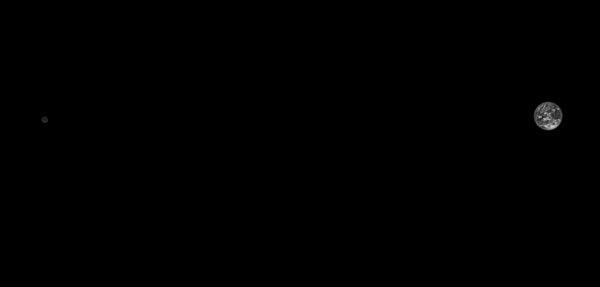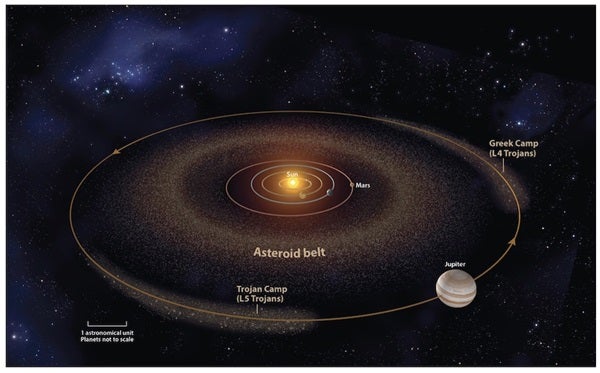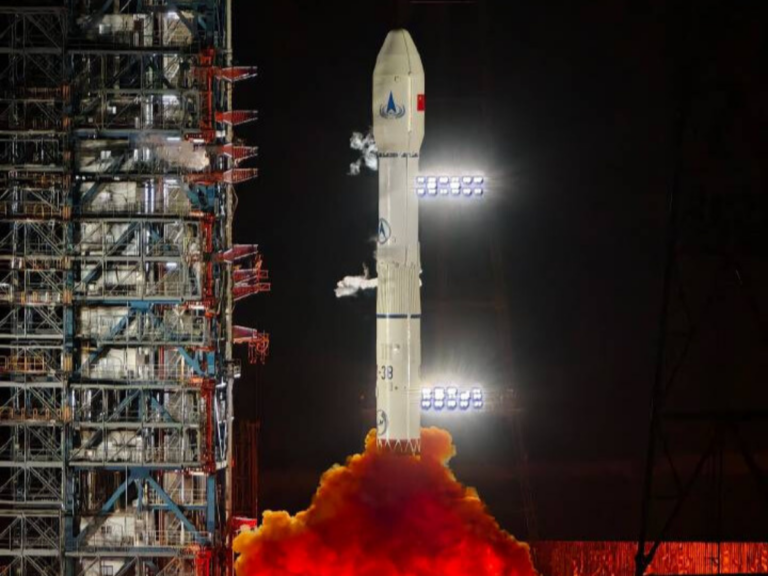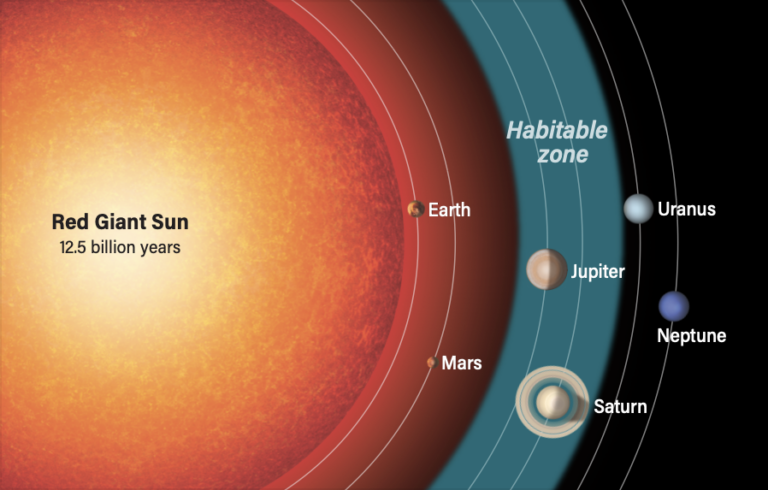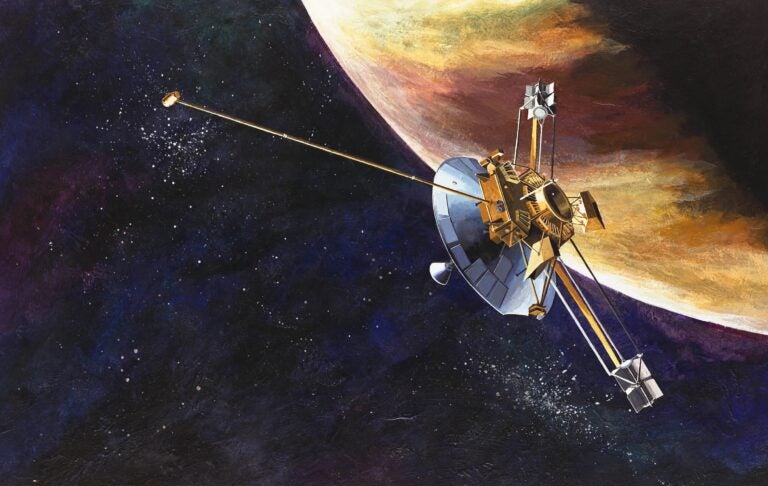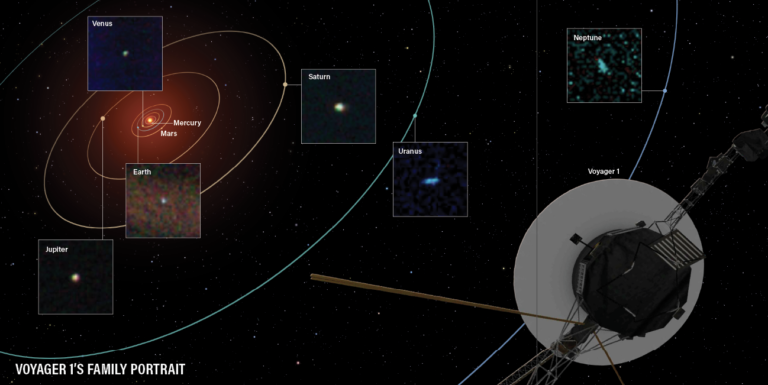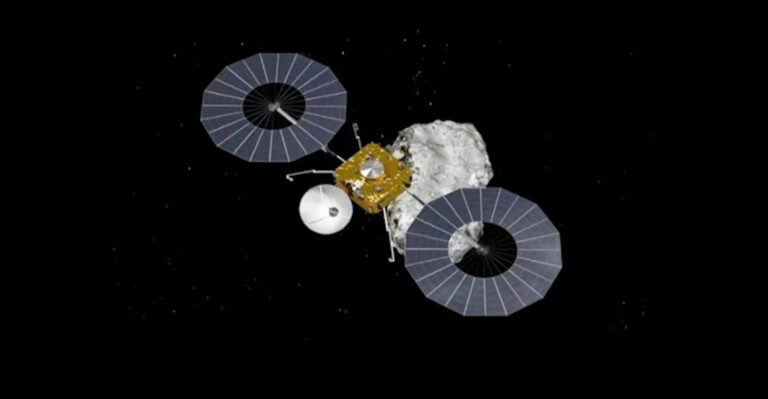NASA’s Lucy spacecraft captured this humbling view of Earth and the Moon as it executed its first of three planned gravity assists around our planet, which will boost it to the speeds it needs to reach Jupiter’s orbit. The Lucy mission is designed to explore one main-belt asteroid and several of Jupiter’s Trojan asteroids, which form two camps that both lead and follow the gas giant in its orbit around the Sun.
Lucy took the above portrait of our home world, which highlights the vast distance between Earth and its only natural satellite, from a distance of about 890,000 miles (1.4 million kilometers), according to a NASA statement. The image was captured as part of a calibration sequence carried about by Lucy’s Terminal Tracking Camera (T2CAM), which is designed to help the spacecraft track each of its asteroid targets when it hastily flies by them.
After Lucy’s first Earth flyby, the spacecraft will swing out to beyond the orbit of Mars before heading back toward Earth for another gravity boost in 2024. This second boost will send Lucy to its first target in 2025: the main-belt asteroid Donaldjohanson, named after the American paleoanthropologist who discovered the 3.2-million-year-old hominin fossil nicknamed Lucy. (The nickname Lucy itself comes from the Beatles song “Lucy in the Sky with Diamonds,” which Johanson’s team listened to on the night of their discovery.)
After visiting asteroid Donaldjohanson, Lucy will continue to the swarm of Trojan asteroids that orbit the Sun ahead of Jupiter. This leading group of Trojans, known as the Greek Camp, resides near Jupiter’s quasi-stable L4 Lagrange point. Lucy will reach the Greek Camp in 2027, when it will carry out four targeted flybys of different Trojans.
Lucy will then venture back toward Earth for its third and final gravity assist in 2031. This will redirect the spacecraft to the group of Trojans that trail Jupiter, calling the L5 Legrange point home. This trailing group is known as the Trojan Camp, and Lucy will reach them in 2033.
By investigating a record-breaking number of asteroids during its whirlwind journey, Lucy will provide great insight into the diversity and evolutionary history of a relatively poorly understood group of bodies in our solar system: Jupiter’s Trojan asteroids.

